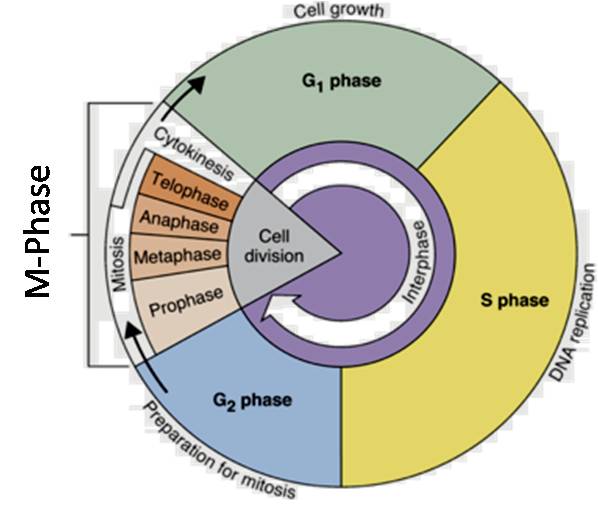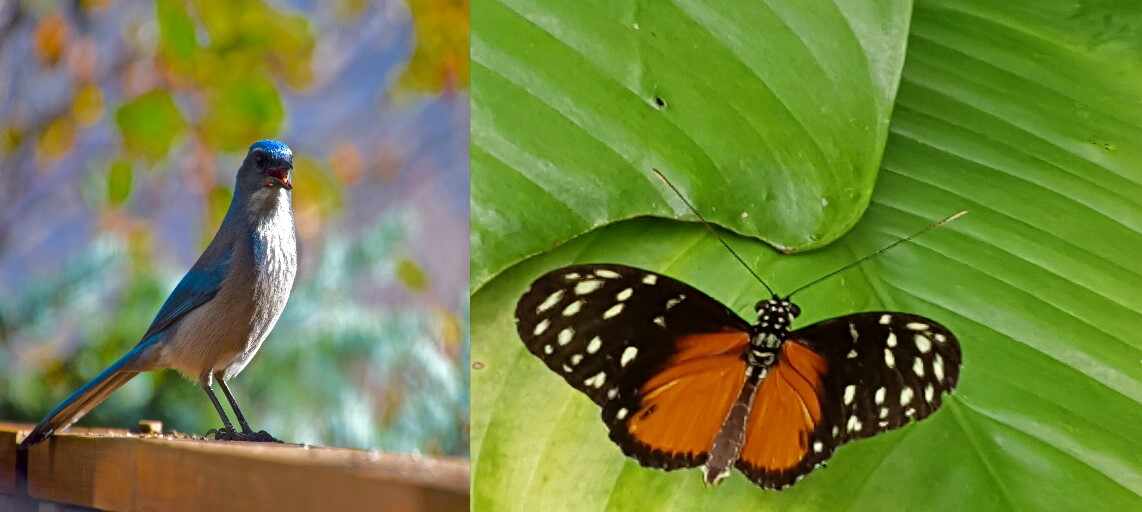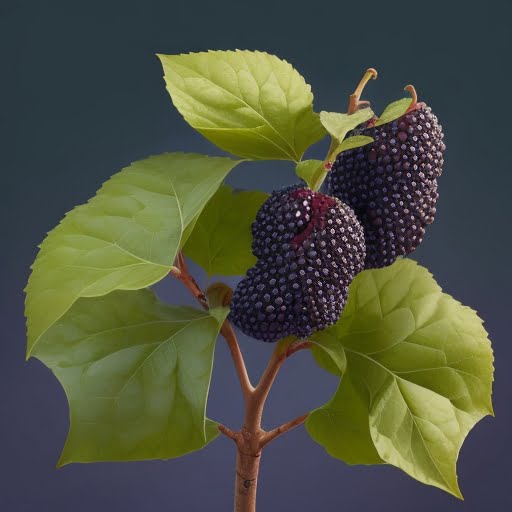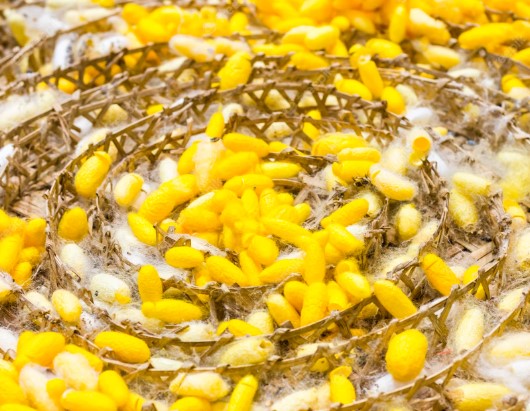Vermicompost: It is known to be the world’s best fertilizer. Vermicomposting is a method of preparing enriched compost with the use of earthworms. It is one of the earliest methods to recycle agricultural waste and to produce quality compost. Vermicompost is stable, fine granular organic manure, which enriches soil quality by improving its physiochemical and biological properties. It is highly useful in raising seedlings and for crop production. Vermicompost is becoming popular as a major component of organic farming system. The department of Zoology has run the Vermicompost practices by final year students of Sunderrao Solanke Mahavidyalaya, Majalgaon, Dist. Beed and the production of compost used for campus trees and plants.
Raw Materials
Raw materials used for vermicomposting are:
- Cow dung
- Straw
- Dry leaves
- Water
- Soil
- Gunny Bags
Collection of Raw Materials from SSM campus:
- Collection of Cow Dung: Cow Dung was collected in a cow shed in a nearby village from the vermicompost pit. Around 30 bags of cow dung was taken from the shed and carried to the college compost pit.
- Collection of Dry Leaves: Dried leaves were collected from campus of SSM and stocked in the compost pit
- Collection of earthworm and straw: Earthworm and straws are collected by the students independently from different places and brought to the college as well as worms brings from nearest vermicompost Centre.
- Collection of Soil: Soil was collected within the campus itself and is carried using the college rickshaw as the distance to the compost pit was short distanced.
- Water: Water was already available in the college campus so it was taken from the college itself.
Process of Vermicompost preparation
Vermicomposting is done by pit method. In this method composting is done on the cemented two pits.
Details of Cemented Pit:
- Length of the one pit = 10 feet.
- Breadth of the one pit = 5 feet.
- Diagonal of the one pit = 14 feet.
- Height of the one pit (back) = 3 feet
- Height of the one pit (middle) = 4 feet.
- Height of the one pit (front) = 8 feet.
- Length of the one pit roof = 14 feet.
Vermicompost practices is done in a cool, moist and shady site.
Dried leaves are kept as bedding material at the bottom of the bed.
Cow dung, dried leaves, straw, materials soil are mixed in the proportion of 5:2:1:3
After the raw materials are proportionally mixed, water is sprinkled above it.
Earthworm are released on the upper layer of the bed.
After all the process is done, the pits is covered with gunny bags on the upper layer.
Benefits of Vermicompost for plants and soil:
a) Pathogen Suppression: It does not kill pathogens in the soil, but rather keeps the pathogens from becoming virulent and attacking the plants.
b) Nutrient Delivery: Vermicompost’s, in comparison to conventional compost, normally possess higher levels of plant available nutrients, particularly nitrogen and phosphorous.
c) Water Retention: In areas with depleted or depleting water sources and soil heavy in sand or clay, adding vermicompost castings to the soil will help keep the water in the soil and conserve that precious resource.
d) Increased Microorganism populations: It can be a thriving microbial community full of beneficial fungi and bacteria that aid in soil health.
e) Pest Suppression: Similar to its effect on pathogens, vermicompost does not kill or repel pests, but can help starve, off attack.
Results:
It is stimulates to influence the microbial activity of soil, increases the availability of oxygen, maintains normal soil temperature, increases soil properties, and infiltration of water improves nutrients content and increases growth, yield and quality of the plant of the SSM campus.
Photo Gallery
 |
| Filled with raw materials |
 |
| Pits ready for composting |
 |
| Introduction of Earthworm in pits |




